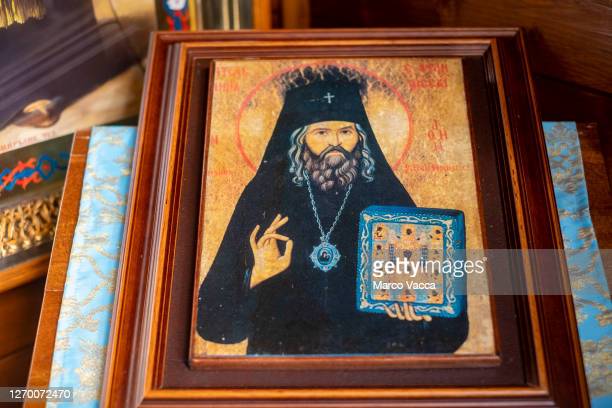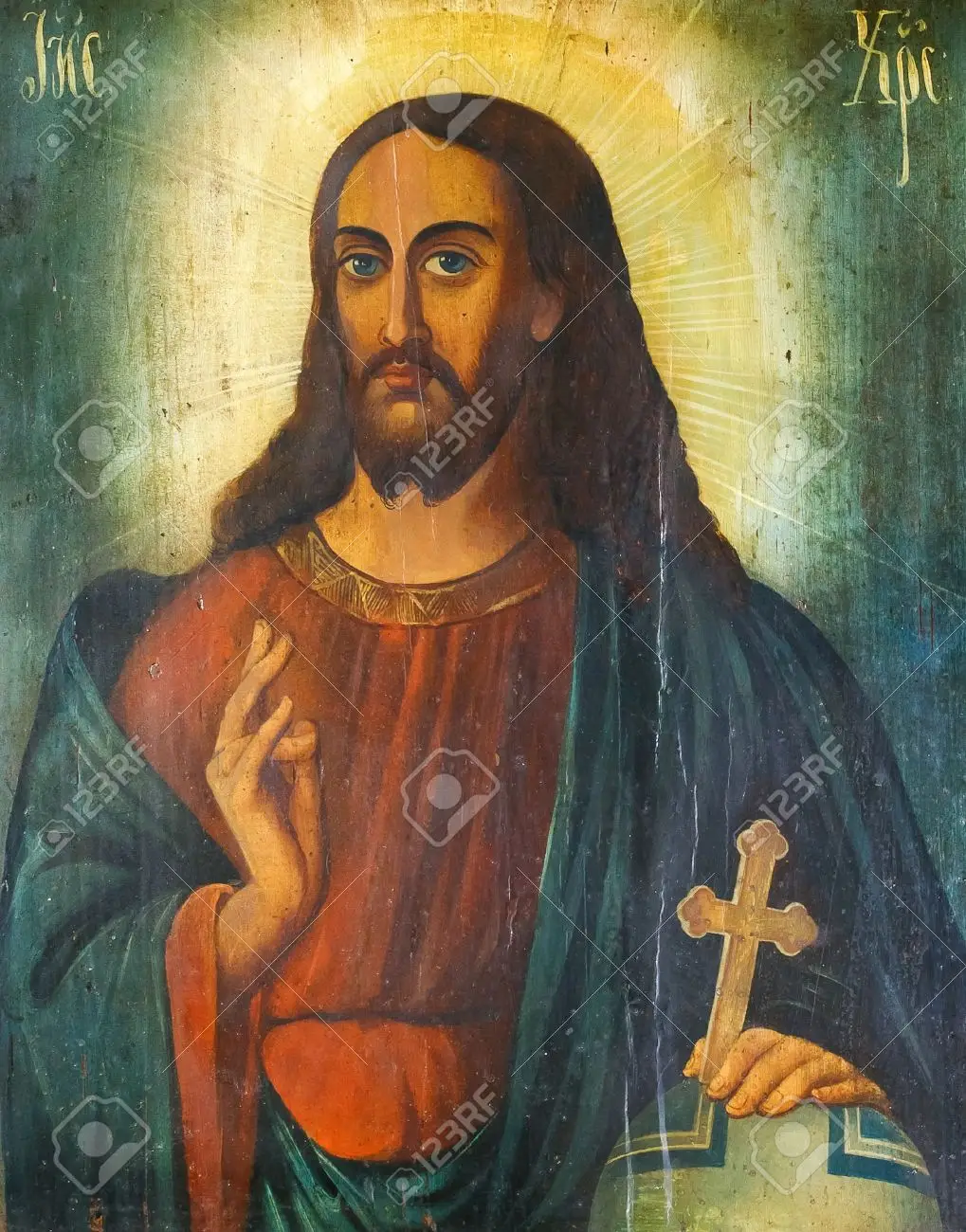
Russian iconography is a profound and enduring art form that has played a significant role in the cultural and spiritual heritage of Russia for centuries. These sacred paintings on wood panels, known as icons, serve as windows into the divine, bridging the earthly realm with the heavenly. In delving into its origins, symbolism, styles, influential iconographers, preservation, collecting, and its presence in contemporary art.
Origins of Russian Iconography
The roots of Russian iconography can be traced back to Byzantine art, which influenced the early Christian culture of Russia. As Christianity spread throughout the region, local artists began to adapt Byzantine artistic techniques and iconographic traditions to create distinctly Russian icons. The first Russian icons were brought to Kievan Rus’ in the 10th century, and from there, the art form flourished and evolved.
Symbolism and Spirituality in Russian Icons

Russian icons are imbued with deep symbolism and spiritual significance. Each icon depicts a specific religious subject, such as Christ, the Virgin Mary, or saints, and serves as a tool for prayer and contemplation. The vibrant colors, intricate details, and the stylized portrayal of figures in Russian icons convey spiritual truths and invite viewers to connect with the divine realm.
Styles and Techniques of Russian Iconography
Russian iconography encompasses various styles and techniques that have developed over centuries. The earliest icons feature Byzantine influences, characterized by flattened forms, gold backgrounds, and a sense of solemnity. As time passed, Russian iconography evolved to incorporate distinct Russian elements, such as bold colors, intricate patterns, and regional variations in style. Iconographers employ techniques like egg tempera painting, gilding, and ornamental detailing to create these sacred masterpieces.
Influential Iconographers and Schools

Throughout history, many influential iconographers have left a lasting impact on Russian iconography. Artists like Andrei Rublev, Dionisius, and Theophanes the Greek are celebrated for their contributions to the art form, with their works exemplifying technical skill, spiritual depth, and artistic innovation. Iconography schools, such as the Novgorod, Moscow, and Palekh schools, have emerged as centers of excellence, nurturing generations of talented iconographers and preserving the traditions of the craft.
Preservation and Conservation of Russian Icons
Preserving and conserving Russian icons is crucial to maintain their artistic and cultural integrity. Due to the delicate nature of the materials used in their creation, icons require special care and conservation techniques. Temperature and humidity control, proper handling, and regular cleaning are essential to prevent deterioration. Conservation efforts by experts and institutions play a vital role in safeguarding these treasured artworks for future generations.
Read More: Top 10 Physics Facts You Need to Know In 2023
Collecting and Appreciating Russian Icons

Collecting Russian icons has become a passion for many art enthusiasts around the world. However, acquiring authentic and ethically sourced icons requires careful consideration and research. Engaging with reputable dealers, auction houses, and specialized galleries is advisable to ensure the legitimacy and value of the icons. Collectors appreciate Russian icons for their aesthetic beauty, spiritual significance, and historical importance, cherishing them as windows into the rich cultural heritage of Russia.
Russian Iconography in Contemporary Art

The influence of Russian iconography extends beyond its historical roots. In contemporary art, artists continue to draw inspiration from the visual language and spiritual depth of Russian icons. They reinterpret and incorporate iconographic elements into their works, creating a bridge between tradition and modern artistic expressions. This fusion of old and new breathes new life into the art form, allowing Russian iconography to resonate with audiences in the present day.
Conclusion
Russian iconography stands as a testament to the enduring power of art to convey spirituality, capture history, and evoke profound emotions. Through its origins, symbolism, styles, influential iconographers, preservation, collecting, and its presence in contemporary art, we have explored the rich history of Russian iconography in 2023. Let us continue to appreciate and preserve this remarkable artistic heritage, allowing it to inspire and enrich our lives for generations to come.
FAQ
Q1: Can I create my own Russian icons?
A1: Creating Russian icons requires specialized knowledge, skill, and reverence for the tradition. It is advisable to study under an experienced iconographer or join workshops to learn the techniques and symbolism associated with Russian iconography.
Q2: Are Russian icons only used for religious purposes?
A2: Russian icons are primarily associated with religious practices, serving as objects of veneration and aids in prayer. However, their artistic and cultural value has also made them sought-after collectors’ items and subjects of artistic exploration.
Q3: What are some famous Russian icons?
A3: Famous Russian icons include Andrei Rublev’s “The Trinity,” Dionisius’s “The Hospitality of Abraham,” and Theophanes the Greek’s “The Transfiguration.” These icons are celebrated for their artistic excellence and spiritual depth.
Q4: Are there regional variations in Russian iconography?
A4: Yes, regional variations exist in Russian iconography. Different iconographic schools, such as the Novgorod, Moscow, and Palekh schools, have distinctive styles and techniques that reflect the cultural and artistic traditions of their respective regions.
Q5: Can I visit museums or exhibitions to see Russian icons?
A5: Yes, many museums and exhibitions around the world feature collections of Russian icons. It is an opportunity to witness the beauty and significance of these sacred artworks firsthand.











